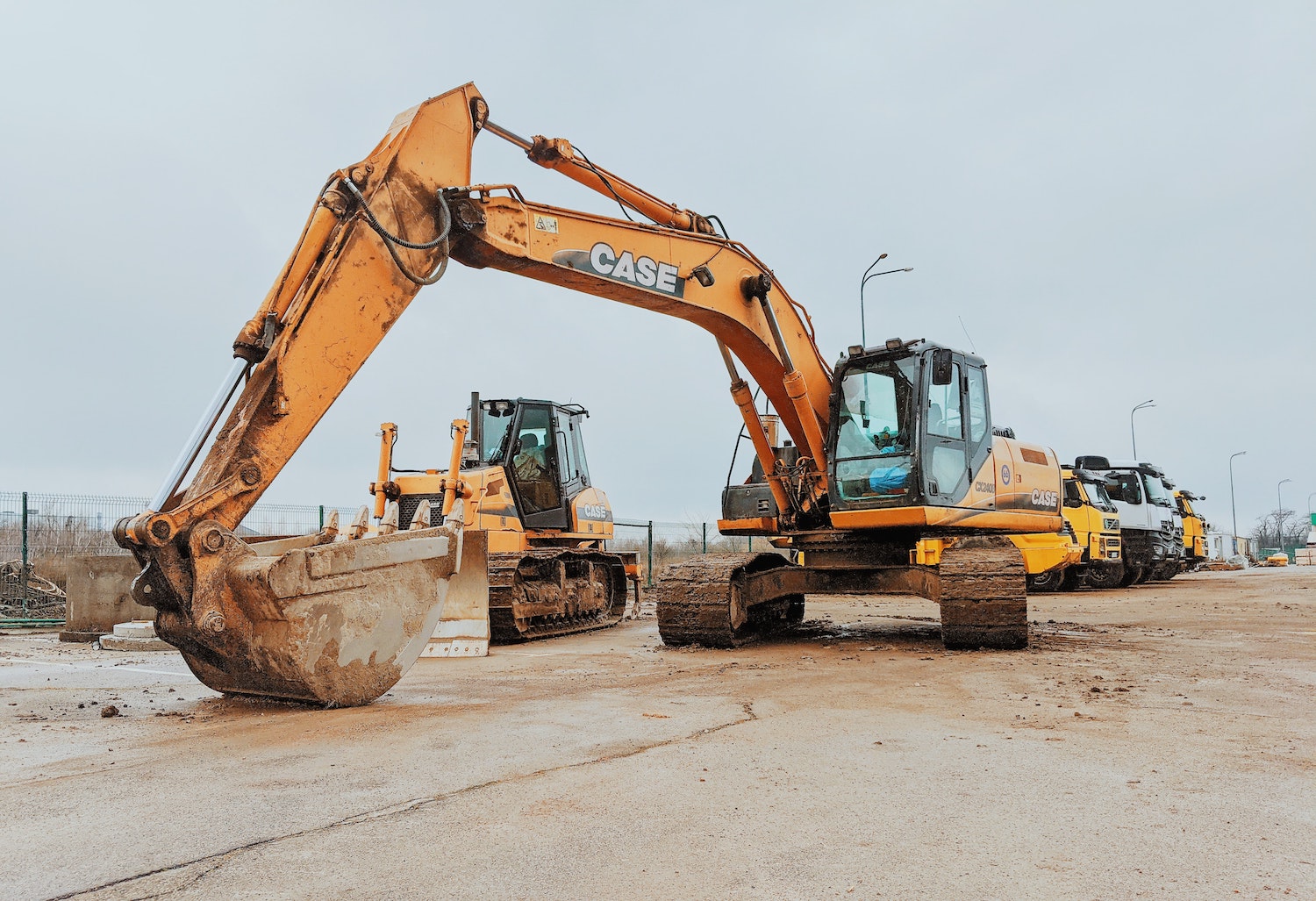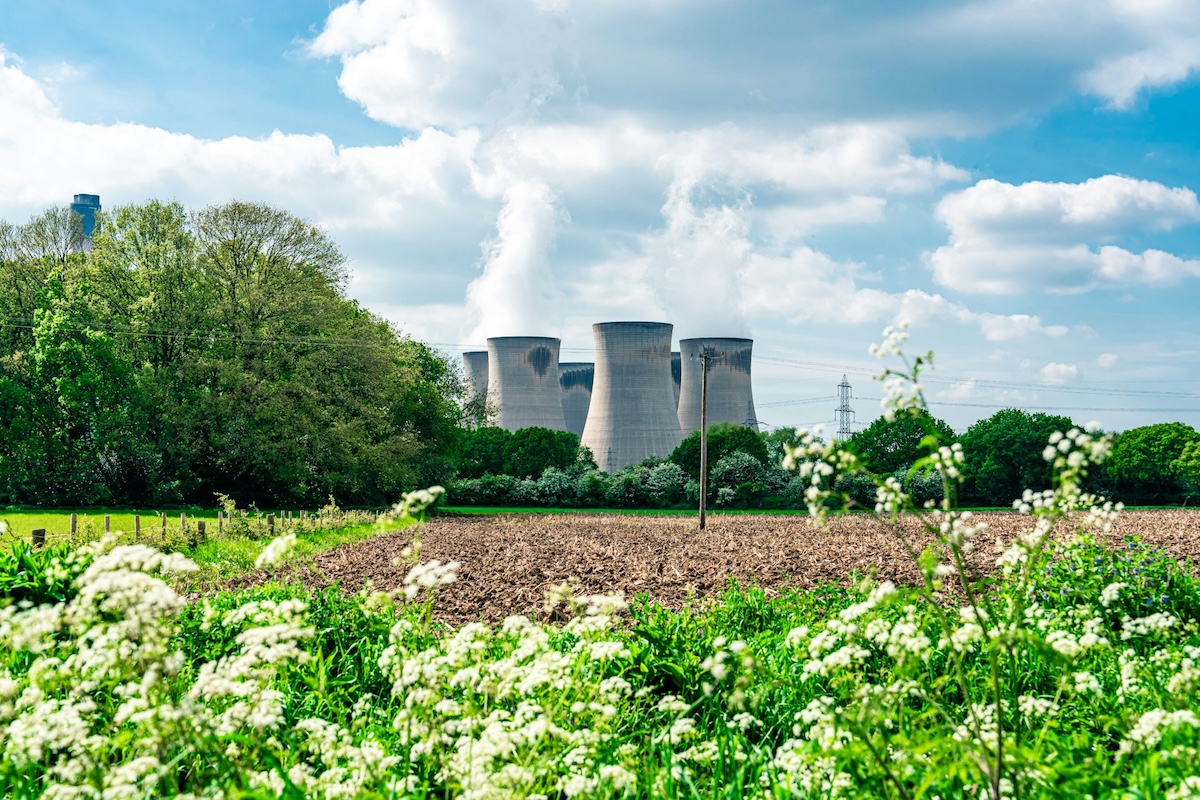
NDA RD&I latest report
The Nuclear Decommissioning Authority (NDA) is the UK government agency tasked with safely and cost-effectively cleaning up the 17 nuclear legacy sites in England, Wales and Scotland. The best known sites are the former MAGNOX power stations, Sellafield and Dounreay. Today we will be discussing the NDA RD&I report.
Every year, the NDA publishes its RD &I (Research, Development & Innovation) report. This report, which covers a large area, provides an excellent overview of current technical trends in the UK nuclear decommissioning industry. Analysis of this document can be useful for any company looking to enter this sector and help them adjust their value proposition.
Each year the NDA spends over £90 million on RD &I. Working with government, regulators, communities around its sites and other stakeholders, the NDA works with around 60 industry partners from the nuclear sector and beyond (oil&gas, aerospace and construction).
Innovation in the nuclear sector
To reduce risk and danger across the site, the NDA clearly RD &I focuses on two key lines :
Risk and hazard reduction across the NDA site, in particular on the decommissioning of the Legacy Ponds and Silos (LP &S) at Sellafield and waste management at various sites;
Cross-sector collaboration in some areas such as infrastructure management, construction, robotics and digital to get the world’s best innovative solutions, but also (and very importantly) to develop a culture that encourages innovation.
When it comes to driving innovation and delivering safer, faster and more cost-effective technological solutions, it is very interesting to note how much the NDA’s strategic approach to fostering innovation is transforming the entire nuclear decommissioning industry. For example, by learning from operational experience and innovation excellence from other industries through the use of shared learning and innovation communities.
What’s on the horizon
Nurturing collaboration yields good results, as the various case studies in this 2020 report demonstrate. Although some of the topics may be considered “traditional” in the industry (Hot Isostatic Pressing for plutonium, stochastic Monte Carlo simulation, waste management, etc.), the NDA RD&I report has shown a growing interest over the years in how remote operations and robotics will play a key role in decommissioning efforts.
It’s clear that Unmanned Aerial Vehicles (UAVs) and robotic platforms on the ground will soon be the new norm for inspection and characterization in extreme environments. And that’s not all: from the remote decommissioning of highly contaminated facilities (IIND competition) to the emptying of Magnox spent fuel pools, there is a sense that the nuclear industry in the UK is embracing robotics, and that is a sign that the culture is definitely changing and the acceptance of robotics in manufacturing is within reach.
NDA’s Grand Challenges
Another interesting piece is the NDA Grand Challenges. No doubt we will see related sub-challenges in innovation platforms such as Innovate UK or GameChangers in the coming months and years. Nevertheless, reading the NDA’s defined goals for 2025 and 2030, we can also understand the trends for the industry.
The first is in situ characterization. There is a strong push towards this approach to reduce cost and time. Since any successful project must first clearly underpin as many parameters as possible to develop an efficient strategy, in-situ characterization will be the key to fast and reliable data collection.
Secondly, IIOT’s (Industrial Internet of Things) will play a significant role. Buildings of the future will monitor themselves, if that is not possible, monitoring will be done remotely.
Third, removing humans from the danger zone (with a focus on remotely decommissioning gloveboxes) is clearly a topic that shows growing interest and confidence in robotics for these delicate missions.
Finally, data management with 3D virtual models (of all major sites by 2025) and remote data collection (by 2030) are cited as essentials for decision making to manage assets more efficiently.
Conclusion
In conclusion, I believe that the ability to integrate technologies will be key to the success of innovation, as collaboration is the key to building innovation communities. New technological building blocks and digitization will drive down costs in an industry that has projects that last a hundred years. Not surprisingly, these innovation trends are no different from those in other industries and countries. The challenges may be unique, but their solutions can be transferred or adapted to others. It is also important to note that the work described in this RD &I report was completed before the impact of the COVID -19 pandemic was truly felt (this report covers the period April 2019-April 2020). In the midst of this unprecedented global event, it is clear that the longer-term consequences are far from clear and the impact on RD &I is difficult to measure.





Leave a Reply
You must be logged in to post a comment.